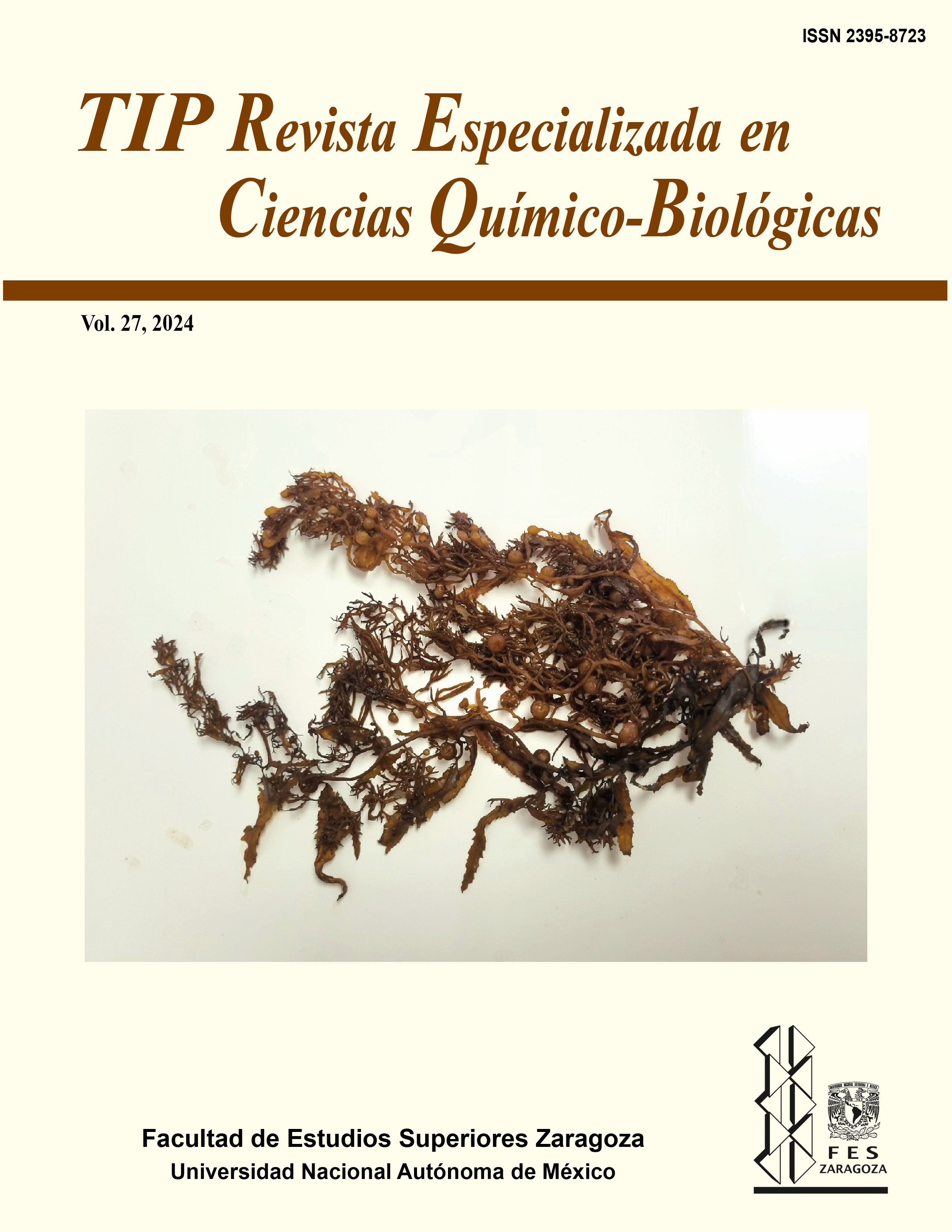Abstract
O-GlcNAcylation is a post-translational modification sensitive to the nutritional state of the cell, in which a residue of N-acetyl-D-glucosamine is added to the hydroxyl group of serine or threonine in proteins from the substrate UDP-GlcNAc by O-GlcNAc transferase and, eliminated by O-GlcNAcase. Its importance lies in its ability to regulate different cellular events such as cellular metabolism, proliferation, resistance to cell death, growth and signaling pathways, which together have a positive impact on transformation and tumor progression. O-GlcNAcylation have been found in various carcinomas to modify the expression levels of adhesion molecules favoring the process of migration and metastasis. This review discusses the mechanism of O-GlcNAcylation and its impact on cellular adhesion in carcinomas, as well as other research directions.
TIP Magazine Specialized in Chemical-Biological Sciences, distributed under Creative Commons License: Attribution + Noncommercial + NoDerivatives 4.0 International.



